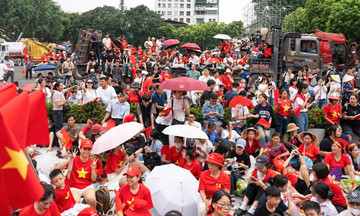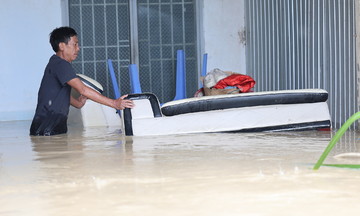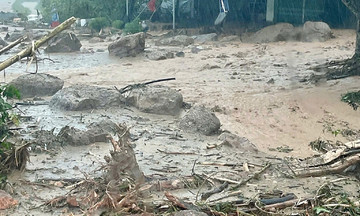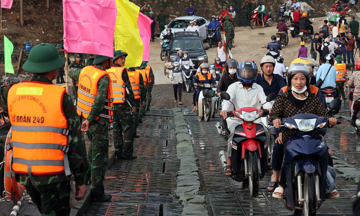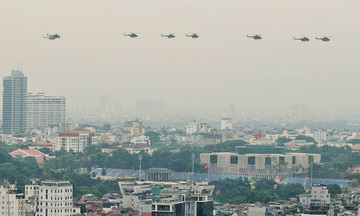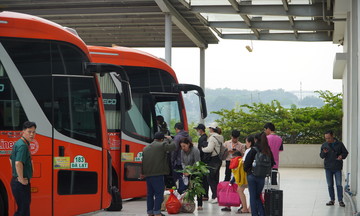In the Handbook guiding state management in the field of land when implementing two-level local government, the Ministry of Agriculture and Rural Development outlines the procedures for land and property registration and issuance of land use right certificates (red books) at the commune level, which consist of three steps.
First, applicants submit their documents to the Public Administrative Service Center or the Land Registration Office. They can submit copies and present original documents for verification by officials, submit original documents directly, or submit notarized copies.
For online submissions, documents must be digitized from originals or notarized, certified copies according to regulations.
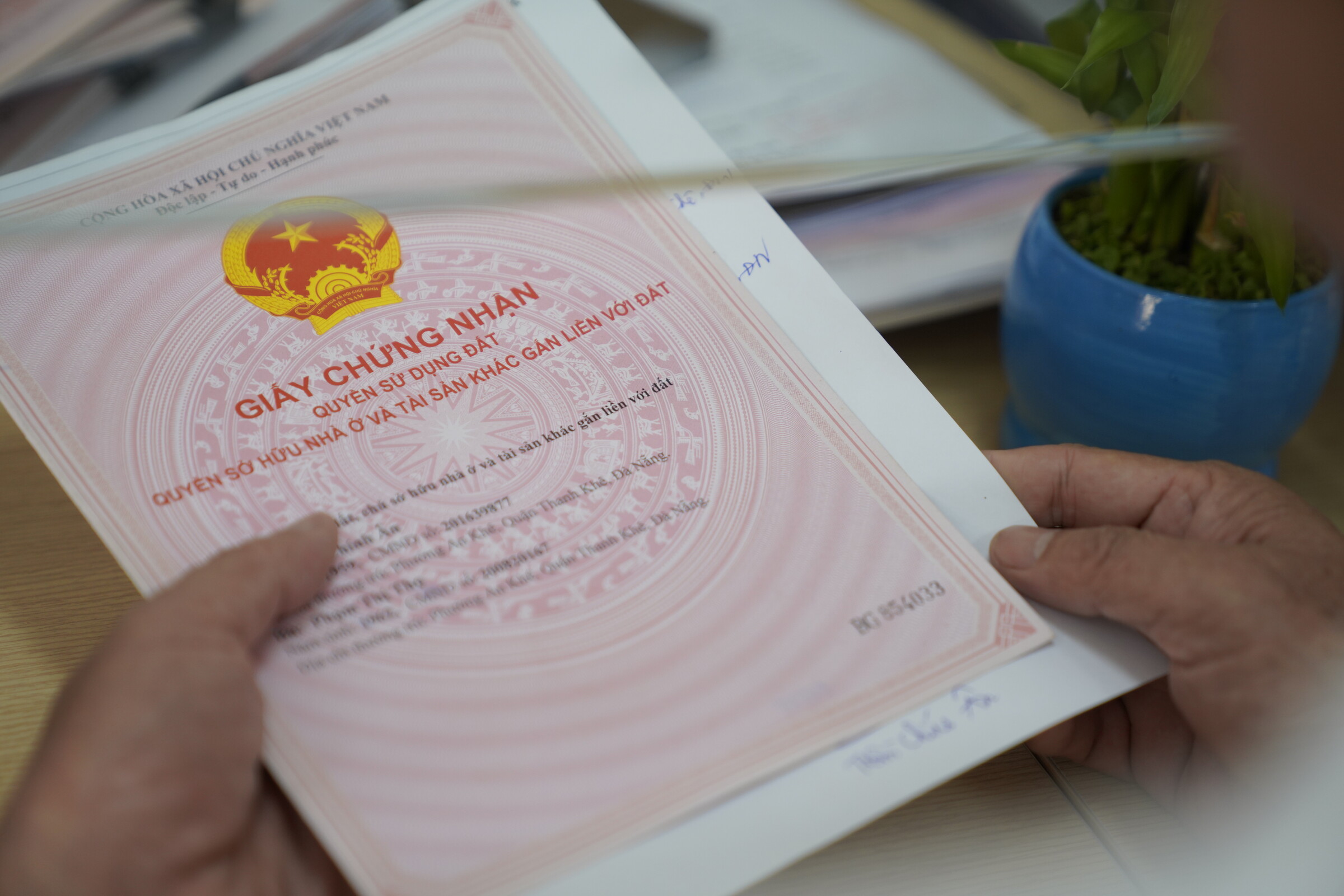 |
Citizens handle administrative procedures at the Thanh Khe Ward Public Administrative Service Center, Da Nang City, 6/2025. Photo: Nguyen Dong |
Citizens handle administrative procedures at the Thanh Khe Ward Public Administrative Service Center, Da Nang City, 6/2025. Photo: Nguyen Dong
If submitting copies or digitized versions, applicants must provide original documents upon receiving the results.
Second, the receiving agency checks the completeness of the application, issues a receipt, and schedules a return date. Incomplete applications are returned with a request for supplementary documents.
Third, the commune People's Committee (UBND) verifies land use and defines boundaries. The commune chairman decides the land use form or any applicable exemptions from land use or rental fees, and directs the issuance of a financial obligation information transfer form.
The chairman issues the land title certificate after receiving confirmation of fulfilled financial obligations from the tax authority. The chairman then forwards the file and a copy of the certificate to the Land Registration Office for land records and database updates.
Cases not eligible for full exemption from land use or rental fees are forwarded to the provincial level. The provincial land management agency then submits the case to the provincial UBND chairman for decisions on land use, land pricing, and financial obligations.
The provincial land management agency then issues the land title certificate after receiving confirmation of fulfilled financial obligations from the tax authority. The certificate is then forwarded to the receiving agency for delivery to the applicant.
What does the application include?
According to the guidelines, the application includes a land and property registration form; a report on the current status of land use; construction design documents approved by construction authorities. It also includes proof of financial obligations, documents related to land-related financial exemptions (if any); and agreements on joint certificates for multiple owners.
The processing time is no more than 17 working days for first-time registrations and no more than three working days for certificate issuance if all documents are in order. For communes in mountainous, island, remote, or economically disadvantaged areas, the processing time is no more than 30 days.
According to Decree 151/2025, besides issuing land titles to individuals, commune authorities also issue them to domestic organizations like state agencies, Party agencies, armed forces, the Fatherland Front, socio-political organizations, public service units, religious organizations, foreign organizations with diplomatic functions, overseas Vietnamese, and foreign-invested economic organizations.
The government also authorizes commune UBNDs to re-determine residential land areas and issue land titles for plots with gardens, ponds, or residential land that received titles before 1/7/2004.
Gia Chinh






